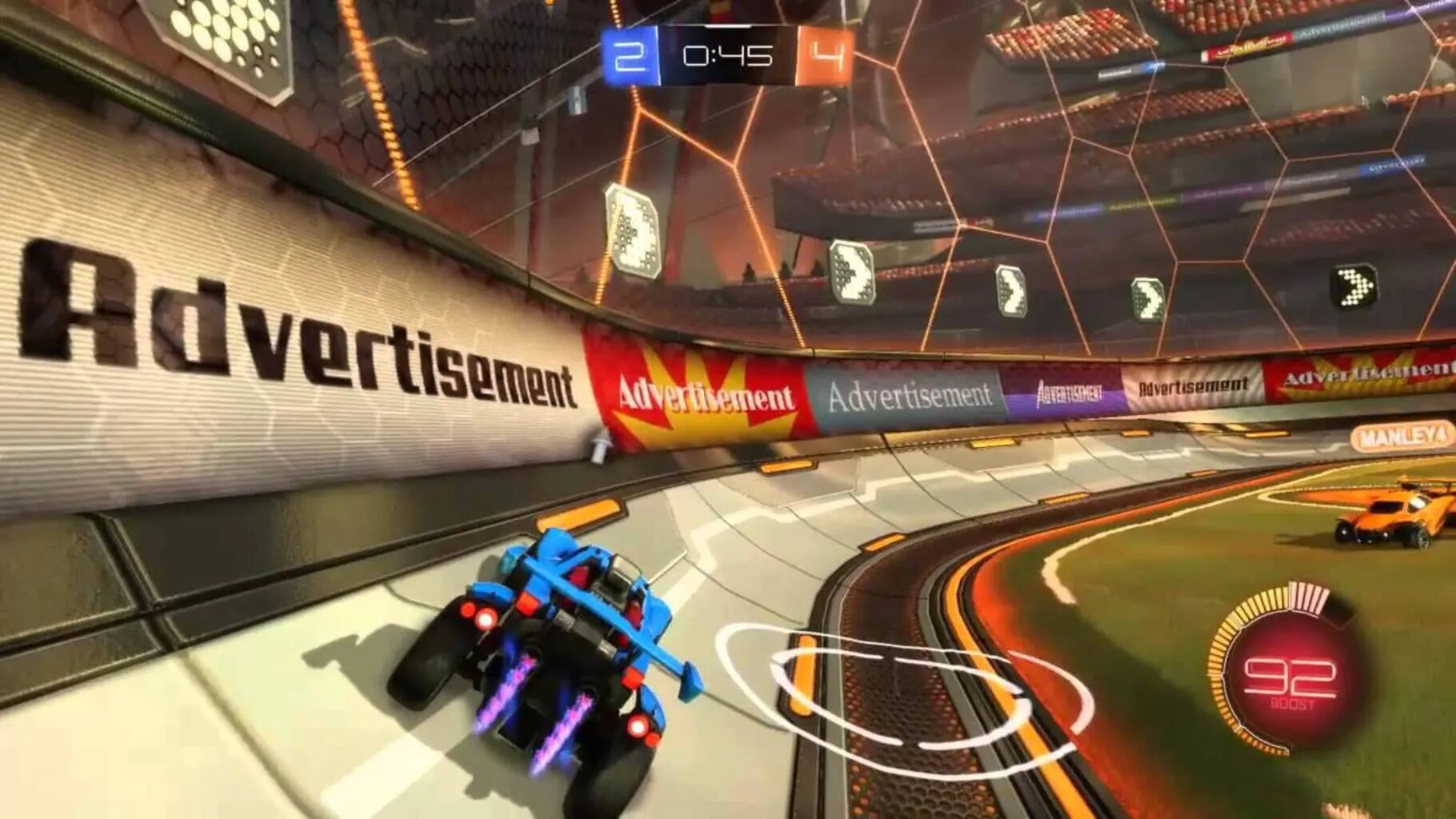In the adrenaline-fueled arena of Rocket League, the difference between victory and defeat often hinges not just on speed and precision, but on a profound comprehension of one of the game’s most capricious characters: the ball. This isn’t just about hitting a giant, bouncing sphere into a net; this is about understanding the very soul of the game, predicting its whims, and bending its physics to your will.
Decoding Ball Physics: A Deep Dive
At the core of Rocket League’s addictive gameplay is a sophisticated physics engine that replicates, with astonishing accuracy, the unpredictable nature of a ball in motion. To the uninitiated, the ball’s behavior may seem random, careening off walls and cars with wild abandon. However, those with a discerning eye understand that beneath this chaotic exterior lies a system governed by laws—laws that can be understood, predicted, and manipulated.
The first step to mastering ball physics is grasping the basic principles that underlie its movement. Every touch, whether it be a gentle nudge or a booming clear, adds a layer of nuance to the ball’s trajectory. The angle of impact, speed of the car, and point of contact on the ball all contribute to its path. A direct hit at the ball’s center sends it flying straight, while striking the ball off-center induces spin, affecting its direction and interaction with surfaces it touches thereafter.
Understanding the physics is paramount, but applying this knowledge in the heat of a match is what separates the rookies from the veterans. Predicting where the ball will end up involves not just a quick calculation of angles and velocities, but also an intuition built from hours of gameplay.
Effective Ball Control Techniques for Superior Gameplay
Controlling the ball in Rocket League is akin to mastering a complex dance. It’s about finesse, timing, and the ability to anticipate your partner’s moves—in this case, the ball. Effective ball control is the cornerstone of superior gameplay, providing the control needed to set up shots, passes, and defensive plays.
- First Touch: The initial interaction with the ball can set the tone for your control. Soft touches allow for better follow-up, whereas harder touches might be used to clear the ball or pass to a teammate across the field.
- Feathering the Boost: Mastery over the boost is critical for precise movements. Feathering—tapping boost in short bursts—allows for finer control over your car’s speed, enabling subtle adjustments while maneuvering around the ball.
- Power Sliding: Power sliding is essential for quick turns and adjustments without losing momentum. This technique is especially crucial when the ball is moving unpredictably, and quick, precise movements are necessary to maintain control.
Mastering these techniques opens the door to an elevated level of play, where control over the ball becomes second nature, and one’s focus can shift to strategy and execution of more complex maneuvers.
Aerials and Dribbling: Elevating Your Game
Elevating your game to the next level—quite literally—involves taking to the skies. Aerials represent a higher tier of Rocket League skills, demanding precise control over boost, momentum, and orientation in three-dimensional space. Successful aerials can lead to some of the most exhilarating moments in a match, allowing players to meet the ball in midair for shots, saves, and passes that would be impossible from the ground.
Similarly, dribbling offers another venue to outmaneuver opponents, keeping the ball close and making unpredictable movements to bypass defenders. Both skills demand a profound understanding of ball physics and car control but mastering them turns matches into showcases of finesse and strategy.
- Launching: Timing and positioning are everything. Initiating your jump at the right moment and angle is critical for aligning with the ball mid-air.
- Boost Management: Efficient use of your boost reserves is crucial for reaching the ball and adjusting your trajectory mid-flight.
- Car Control: Mastery over your car’s orientation and adjustments in the air allows for precise touches and control over the ball’s direction.
Dribbling and aerials are more than just techniques; they are expressions of creativity and control on the battlefield, setting the stage for mind-blowing plays and nail-biting finishes.
Perfecting the Art of Ball Prediction
As you advance in skill, the ability to predict the ball’s trajectory becomes your most powerful tool. This involves not just understanding the physics but also reading your opponents and anticipating their actions. Perfect prediction turns defense into offense, allowing you to be where the ball is going to be before it gets there, stealing possession, and setting up plays.
The art of prediction is cultivated through observation and experience. Watching high-level gameplay, analyzing moves, and understanding the thought process behind certain plays can accelerate this learning curve. Additionally, familiarity with the arenas and how their geometry affects the ball’s movement is crucial for making accurate predictions.
Mastering Wall Play: A Game Changer
Finally, mastering play along the walls can fundamentally transform your gameplay. Wall play involves not only hitting the ball while it’s on or near the walls but also using the walls to maneuver around opponents, set up shots, or clear the ball from dangerous positions.
Wall play introduces a different set of physics and requires a shift in perspective. The ability to read the ball’s trajectory as it rolls up and across the wall, matched with the skill to navigate your car’s orientation and momentum while adhering to the wall, can make or break high-level matches.
- Wall Shots: Learning to hit powerful and accurate shots off the wall.
- Wall Dribbles: Similar to ground dribbling but requires managing the additional complexity of gravity pulling your car away from the wall.
- Clears: Utilizing the walls to clear the ball from your half, either directly or by setting up a pass or shot.
Integrating wall play into your repertoire opens up a new dimension of strategy, making the arena’s vertical surfaces just as significant as its floor.

